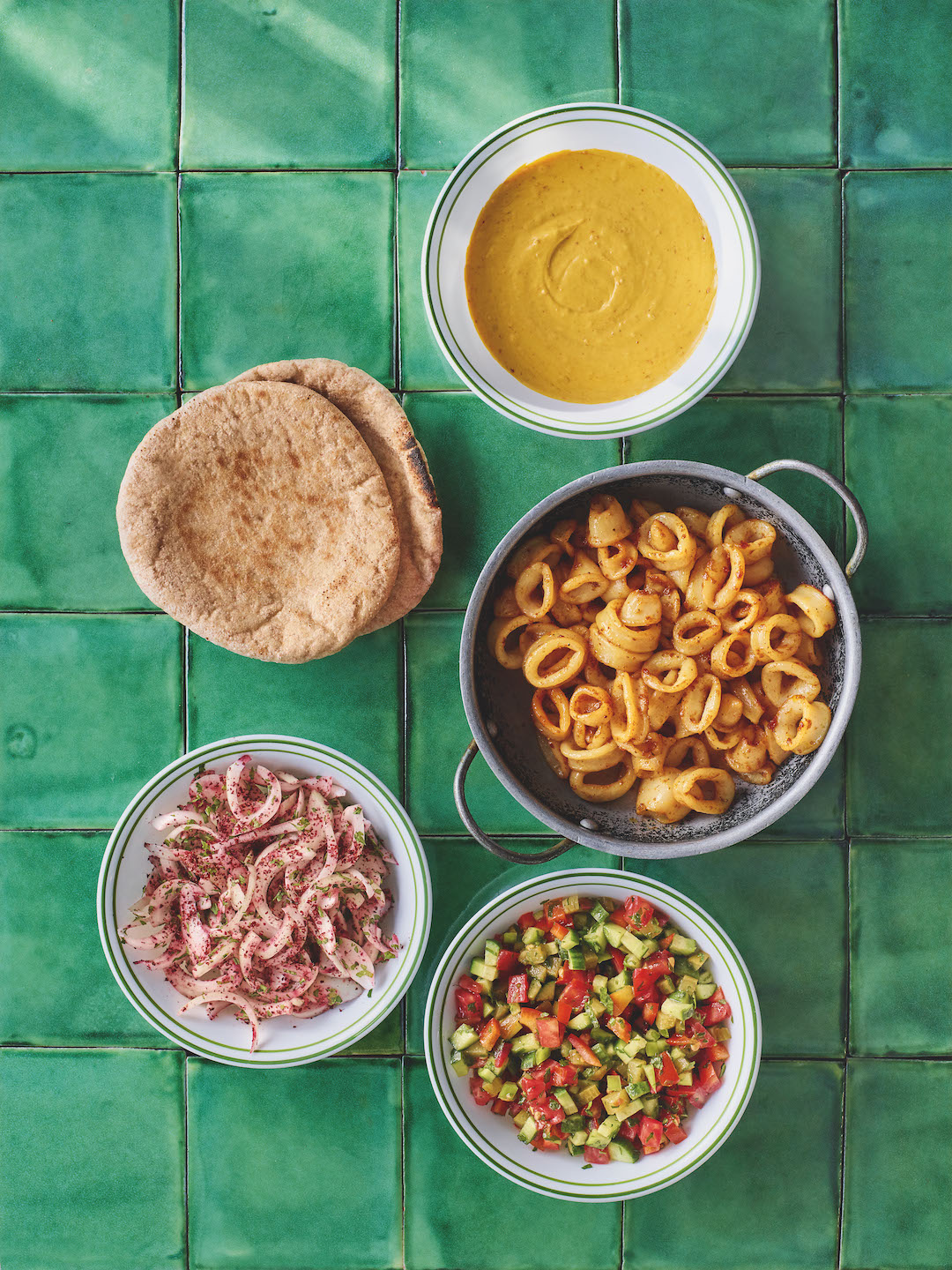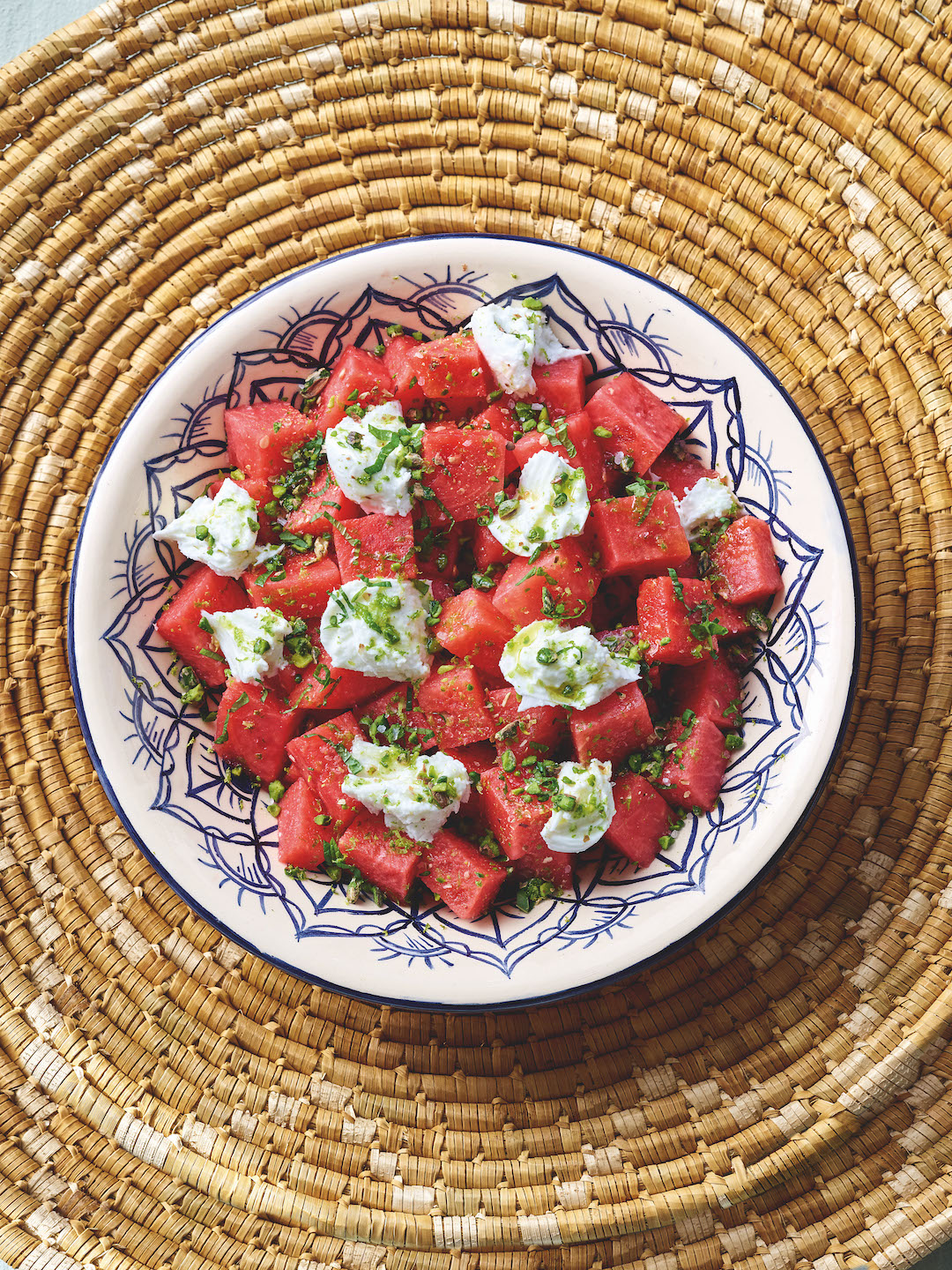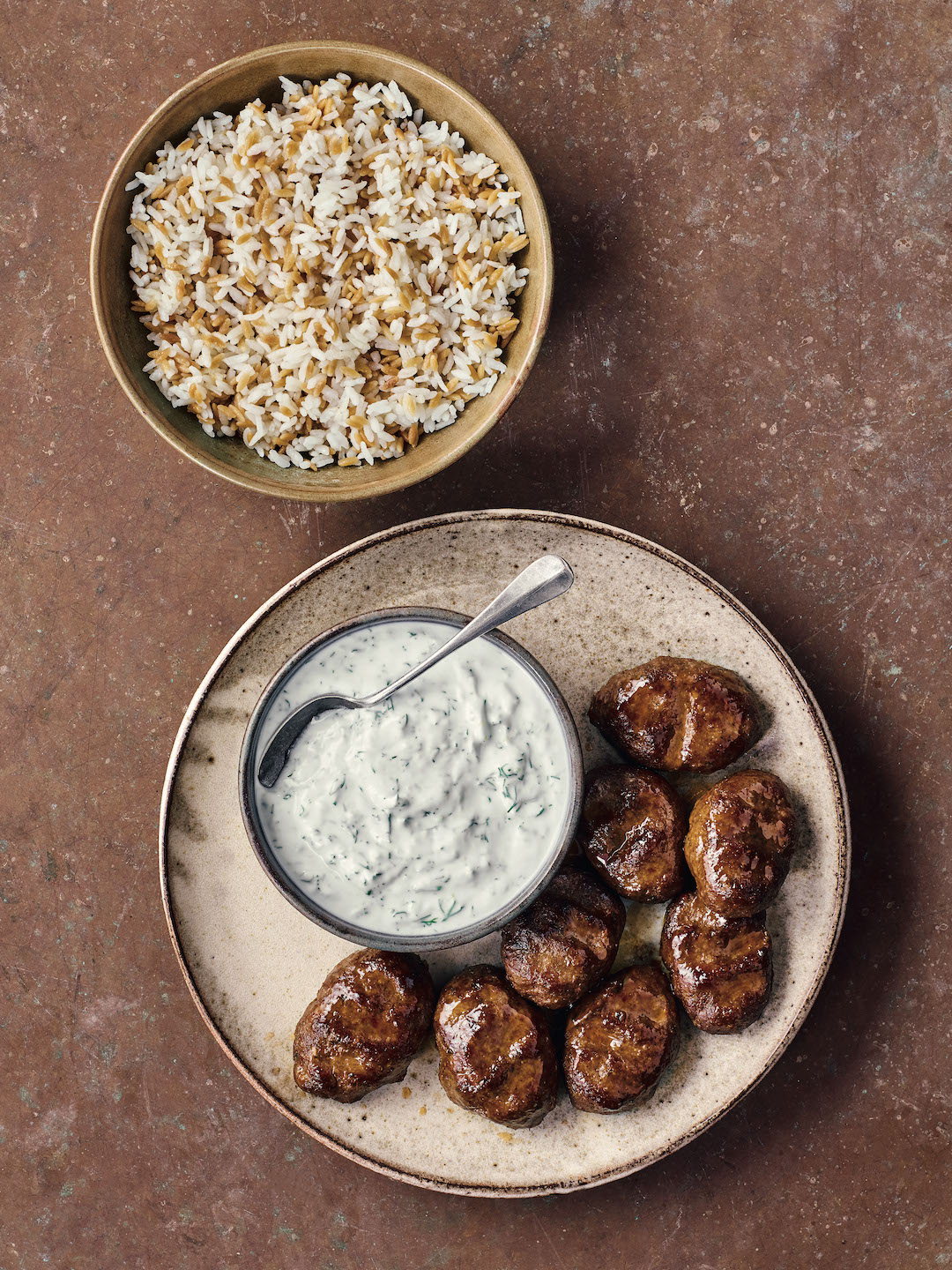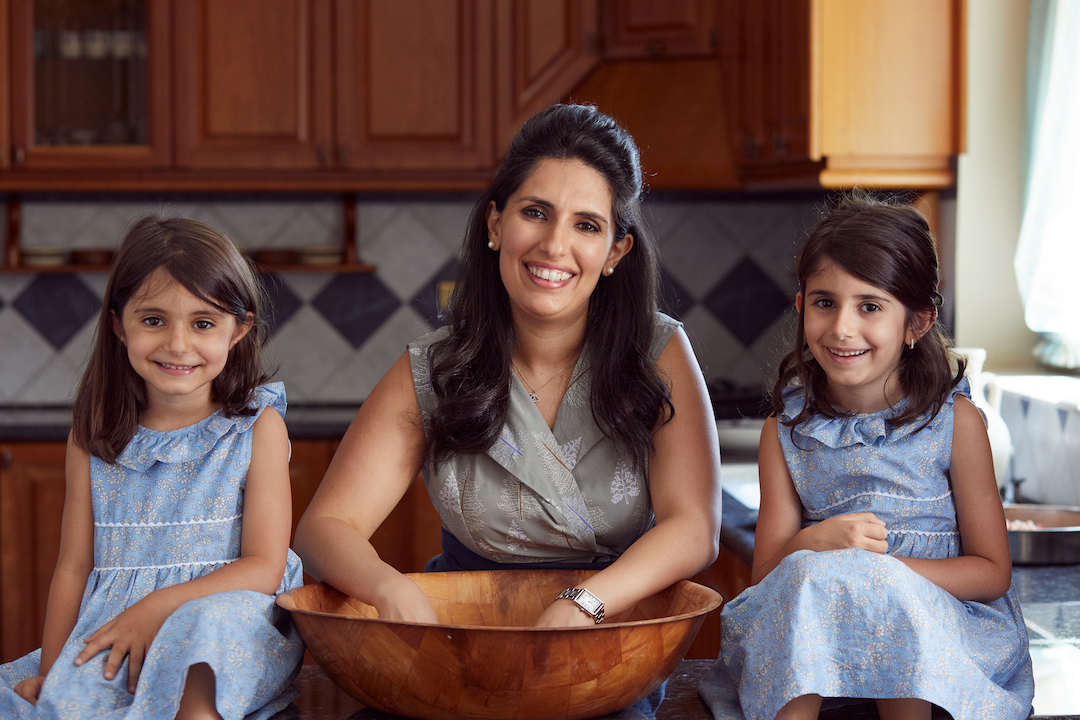
All you need to know about The Arabesque Table
Bring the tastes of the Arabian diaspora to your kitchen, with this beautiful, authoritative new cookbook
Anyone feeling a little distant from their relatives at the moment should take a leaf out of Reem Kassis’s new book. “I remembered then my father telling us about the many years he spent abroad in the United States, where he would write letters to his parents to schedule a time to call twice a year on the only phone in the village,” writes the Palestinian cook and author in the introduction to The Arabesque Table.

That sense of distance is still with her. Kassis herself grew up in Jerusalem, lives in Philadelphia, and can recall the smells of her own relatives’ kitchens and cookery, as well as the scents of Jerusalem’s fruit trees and vines in blossom. She raised her own children in Britain and the US, where they enjoyed the sushi, schnitzel, or pizza alongside their mother’s own cookery. Her new book bridges these continental and generational gaps.
“It is a journey from the earliest Arabic cookbooks on record to the dishes being cooked by cutting-edge Arab chefs and home cooks across the region and abroad,” she writes. “It is meals steeped in history but reimagined for our lifestyles today.”

Adding to Phaidon’s fine line of authoritative national cuisine cookbooks, which include reference titles for Italian, French, Irish, Japanese, Nordic and Jewish cooking, The Arabesque Table opens up the world of Arabic cooking today, presenting a mosaic of 130 delicious, accessible home recipes – from simple salads to flavorful mains and fragrant desserts.

Kassis has arranged the book’s order via each dish’s primary ingredients, from dairy and eggs through to grains and pulses, and fruits and floral waters. The book’s legend also indicates whether a dish is vegan or vegetarian, whether it can be prepared in or under thirty minutes, contains five ingredients or fewer, or is free from gluten or dairy produce.
However, all this perfect order gives way to beautiful, impressionistic recollections and insights, such as her grandmother’s practice of picking tomatoes and peppers at dawn in their tiny Galilean village; or the cordials and molasses her father made from the fruits of the family’s pomegranate trees.

A recipe for lentil bulgur salad with marinated beet brings with it a description of a picturesque restaurant beside the sea of Galilee; the entry on split pea falafels details the spread of this staple from fourth century Egypt; the page on turmeric and Nigella seed Easter bread, includes lines on the raditional anise-flavored bread made in both Muslim and Christian communities.

The book is the perfect kitchen-shelf addition to any cook who enjoys putting together flat breads and kebabs but wants to push things further. Anyone with a yearning to reconnect with the old country will find myriad delicious routes back to that part of their familial history. However, The Arabesque Table is also a delicious treasury of recipes that work for any table, anywhere in the world, wherever you find yourself. To find out more and order your copy, take a look at The Arabesque Table here.